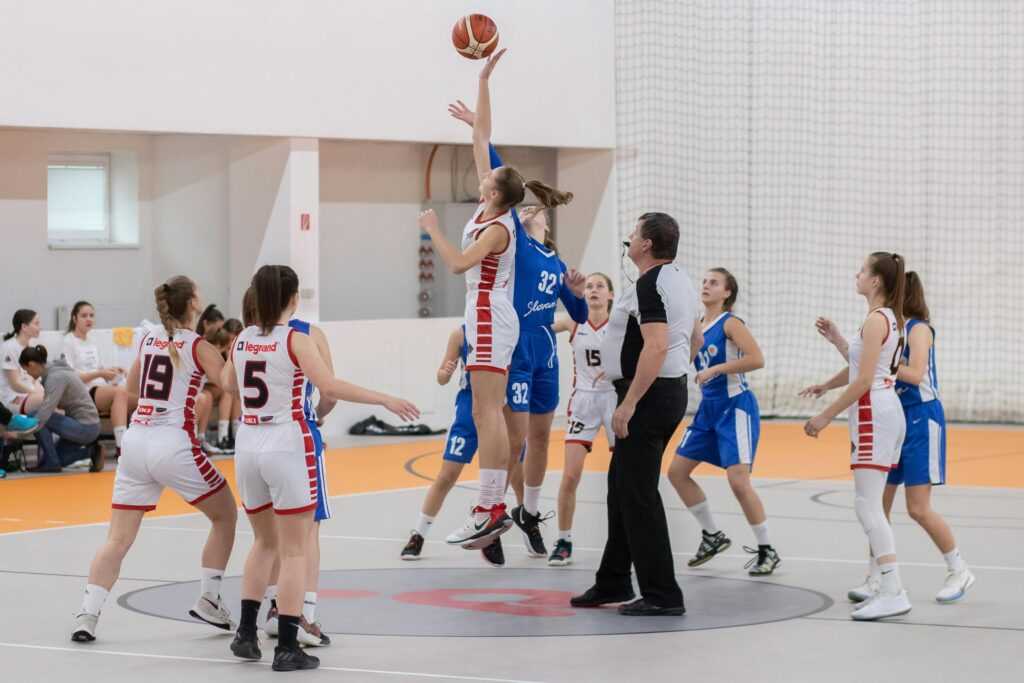The WNBA keeps widening the map. Each season welcomes more European artistry into arenas built on pace and power, and the blend produces a richer style sheet. Passing angles sharpen, spacing stretches, and set plays discover new endings. The story is not only arrival; the story is integration, where continental schooling meets American rhythm and turns matchups into laboratories.
Think of progress like a layered build. A resource loop similar to mine island online game rewards small, smart actions that compound across sessions. European pathways mirror that cadence: domestic leagues, EuroLeague runs, national-team summers, then a WNBA chapter that harvests all those upgrades. The result on court feels less like novelty and more like a well-timed patch to a living system.
What Europe Adds to the American Tempo
European training emphasizes economy over spectacle. Footwork arrives tidy, release points vary by context, and pick-and-roll reads come preloaded. Bigs step out to screen and pop without panic. Wings value an extra pass when a corner defender cheats. Guards survey weak-side rotations before the window closes. The league benefits twice: highlight plays stay, and possessions grow more resilient against elite scouting.
Skill Signatures — A Quick Scouting Card
- Stretch gravity: Frontcourt shooters drag rim protectors away from the paint, opening lanes that do not require heroics.
- Pick-and-roll literacy: Pocket passes, snake dribbles, and pace changes turn basic actions into sequence art.
- Craft finishing: Inside hands, wrong-foot layups, and glass usage keep shot blockers guessing rather than swatting.
- Anticipation on defense: Early tags, stunt-and-recover habits, and verticality reduce foul trouble while saving possessions.
- Lineup glue: High free-throw rates and turnover avoidance stabilize scoring in playoff atmospheres.
Travel-Tested Mindsets
Continental calendars demand adaptation. Back-to-backs across borders teach recovery discipline, while club systems require role fluidity. A scorer on Sunday may play connector on Wednesday. That shape-shifting becomes an asset in a league where rotations tighten and matchups shift by series. Communication bridges matter as well. Terminology differs across oceans, so film study and whiteboard clarity rise from courtesy to competitive edge.
Systems That Unlock European Profiles
Coaching staffs get the most when spacing rules stay consistent. Four-out alignments let a stretch five thrive. Spain-style actions and flair screens free wings who prefer quick decisions over isolation. ATOs flourish when options chain: if the baseline drift is covered, the slot cut appears, and if that closes, a quick rescreen buys the extra beat. The right system treats European additions as accelerants, not ornaments.
Tactical Frictions to Solve
The WNBA’s physical standard tests timing. Help rotations arrive faster, and digs at the nail punish slow gathers. Travel compresses recovery windows, so strength programs must match ambition. Defensive switches challenge tall creators to punish mismatches without forcing low-percentage looks. None of these hurdles feel exotic, but each one demands a plan that respects the league’s intensity.
Culture, Confidence, and the Camera
Narratives matter. Community clinics, bilingual interviews, and behind-the-scenes features humanize the journey from Prague, Bologna, or Istanbul to Phoenix, New York, or Las Vegas. Teammates learn chants and idioms; supporters learn nicknames from club days abroad. Confidence follows belonging, and belonging arrives faster when the organization treats international experience as a strength rather than a phase.
Front Office To-Dos: Practical Moves
- Complementary pairings: Match a stretch five with a downhill guard or a connector wing who loves back-screen reads.
- Playbook mirrors: Import favorite Euro sets and rename them to reduce translation tax during timeouts.
- Logistics and care: Visa support, sleep science, and family travel planning protect performance on the margins.
- Strength with skill: Build weight-room cycles that guard mobility while adding contact tolerance.
- Measure the right things: Track “gravity minutes,” secondary assists, and advantage creation, not only raw usage.
Why the Blend Wins in May and June
Playoff basketball shrinks possessions and punishes impatience. European habits help squads survive those slow-motion stretches. Ball finds the third option instead of a rushed pull-up. Corner shooters relocate without clogging the dunker spot. Centers close out under control and live to defend the next action. Small edges stack until a two-point lead turns safe without spectacle.
The Ripple Effect Across the League
As more international profiles thrive, draft boards adjust. Scouting departments study domestic tape with fresh eyes and book winter trips across the Atlantic with sharper checklists. Youth programs in the States respond by teaching off-ball craft earlier, while European academies double down on shooting and decision drills that travel. The feedback loop strengthens both pipelines.
Closing Thought: One Court, Many Accents
The WNBA already owns speed and intensity. European arrivals add another register: clarity in traffic, patience under lights, and patterns that survive smart switches. The future reads like a braided narrative rather than a tug-of-war. Different schools, one scoreboard. When the horn sounds, the language that matters most is advantage created and advantage kept.


 Veterinary Advisor & Health Expert
Anthony Brooks is the in-house Veterinary Advisor at Pet Paw Shack, offering expert advice on pet health, disease prevention, and general veterinary care. With years of experience as a licensed veterinarian, Anthony helps guide pet owners through essential topics like vaccinations, routine checkups, and emergency care. His commitment to keeping pets healthy ensures that Pet Paw Shack delivers trusted and accurate medical insights.
Veterinary Advisor & Health Expert
Anthony Brooks is the in-house Veterinary Advisor at Pet Paw Shack, offering expert advice on pet health, disease prevention, and general veterinary care. With years of experience as a licensed veterinarian, Anthony helps guide pet owners through essential topics like vaccinations, routine checkups, and emergency care. His commitment to keeping pets healthy ensures that Pet Paw Shack delivers trusted and accurate medical insights.
